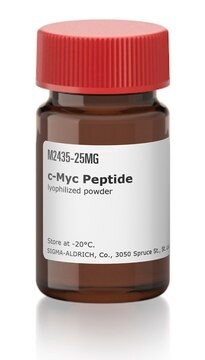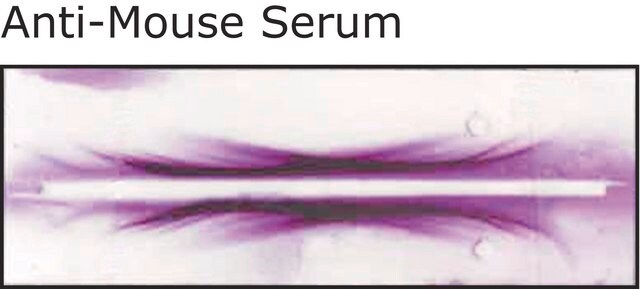P0115
PAC-1
≥98% (HPLC)
Synonyme(s) :
(4-Benzylpiperazino)acetic acid (3-allyl-2-hyroxybenzylidene)hydrazide, 1-Piperazineacetic acid, 2-(phenylmethyl)-,[[2-hydroxy-3-(2-propenyl)phenyl]methylene]hyrrazide
About This Item
Produits recommandés
Niveau de qualité
Essai
≥98% (HPLC)
Forme
solid
Couleur
white
Solubilité
DMSO: ≥10 mg/mL
deionized water: ≤2 mg/mL
Température de stockage
room temp
Chaîne SMILES
Oc1c(CC=C)cccc1\C=N\NC(=O)CN2CCN(CC2)Cc3ccccc3
InChI
1S/C23H28N4O2/c1-2-7-20-10-6-11-21(23(20)29)16-24-25-22(28)18-27-14-12-26(13-15-27)17-19-8-4-3-5-9-19/h2-6,8-11,16,29H,1,7,12-15,17-18H2,(H,25,28)/b24-16+
Clé InChI
YQNRVGJCPCNMKT-LFVJCYFKSA-N
Description générale
Actions biochimiques/physiologiques
Caractéristiques et avantages
Code de la classe de stockage
11 - Combustible Solids
Classe de danger pour l'eau (WGK)
WGK 3
Équipement de protection individuelle
dust mask type N95 (US), Eyeshields, Gloves
Faites votre choix parmi les versions les plus récentes :
Certificats d'analyse (COA)
Vous ne trouvez pas la bonne version ?
Si vous avez besoin d'une version particulière, vous pouvez rechercher un certificat spécifique par le numéro de lot.
Déjà en possession de ce produit ?
Retrouvez la documentation relative aux produits que vous avez récemment achetés dans la Bibliothèque de documents.
Les clients ont également consulté
Notre équipe de scientifiques dispose d'une expérience dans tous les secteurs de la recherche, notamment en sciences de la vie, science des matériaux, synthèse chimique, chromatographie, analyse et dans de nombreux autres domaines..
Contacter notre Service technique










